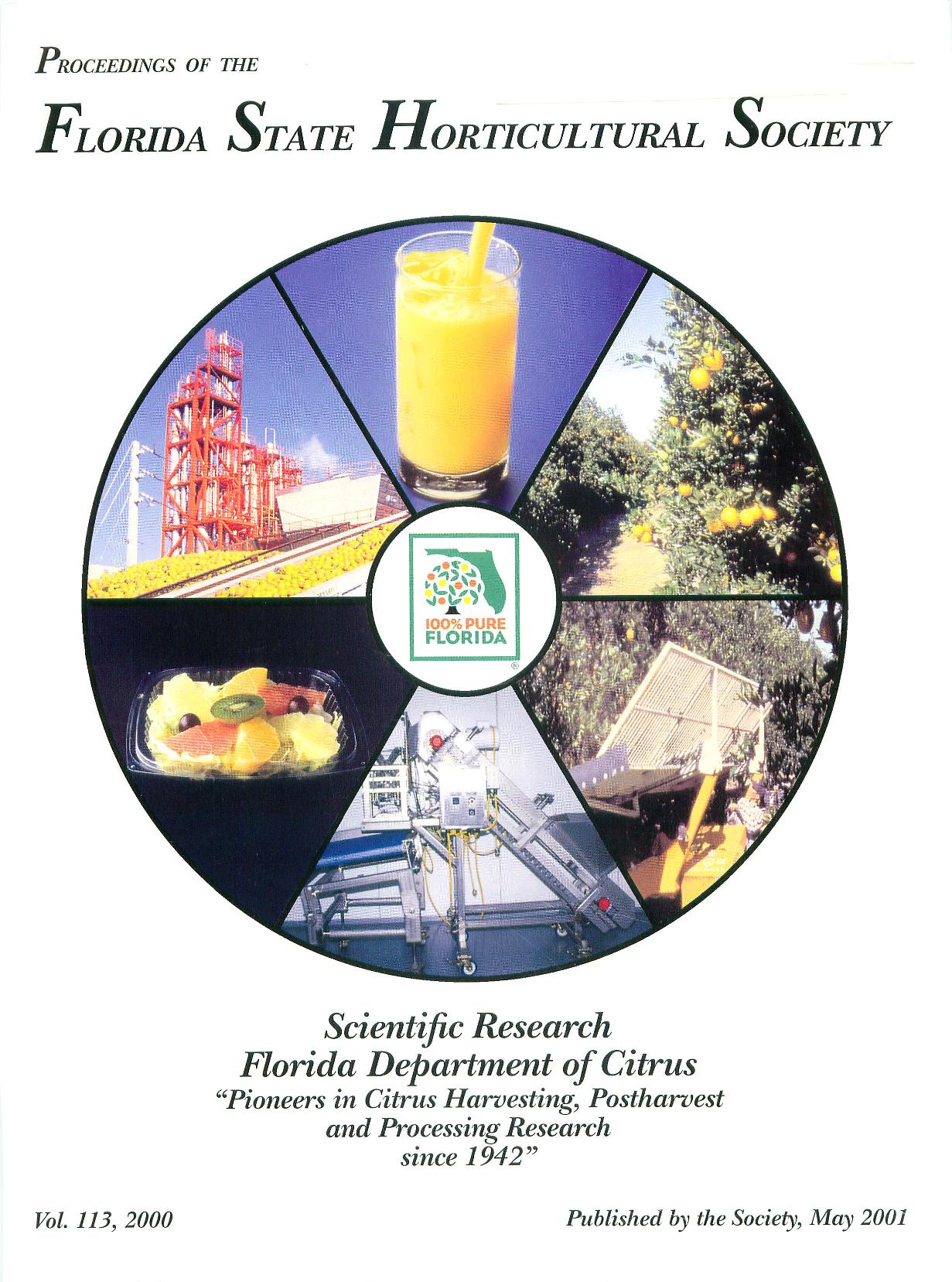Ornamental
Abstract
The purpose of this study was to confirm whether or not Amphobotrytis ricini was a pathological agent on Euphorbia milii by following the guidelines of Koch's postulates. It was hypothesized that A. ricini does infect E. milii, as it has been found on other plants of the Euphorbia genus. Lesions with few to many brownish specks on expanding petals en-large until the whole flower turns brown and drops. Cultured Amphobotrytis ricini on potato dextrose agar is characterized by elongated Sclerotia usually 3-9 mm. long and occasionally up to 2.5 cm. The conidiophores were much branched, dichotomously with spherical, 6-12 (mostly 7-1 Oji) diameter conidia and consistently isolated from diseased tissue plated on cornmeal agar. In initial tests, fully opened flowers were inoculated by dipping a cotton swab into a conidia rich A. ricini culture that was cultured on potato dextrose agar. Inoculated and noninoculated flowering plants were placed in plastic bags andheld at room temperature in the laboratory for 48 hrs. The in oculated and non-inoculated plants in the plastic bags were moved to a greenhouse and held at a day temperature of 27 C and a night temperature of 20 C. Each treatment consisted of five inoculated and five non-inoculated plants. After 48 hrs the plants were removed from the plastic bags and observed for flower blight symptoms. The lesions were visible within 8 days after inoculations and were over 25 mm in diameter in 10 days.

